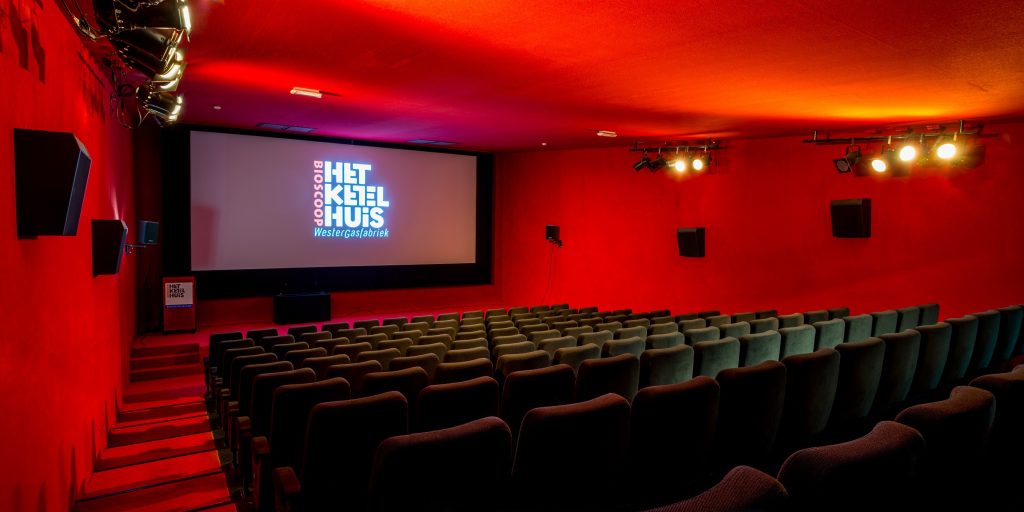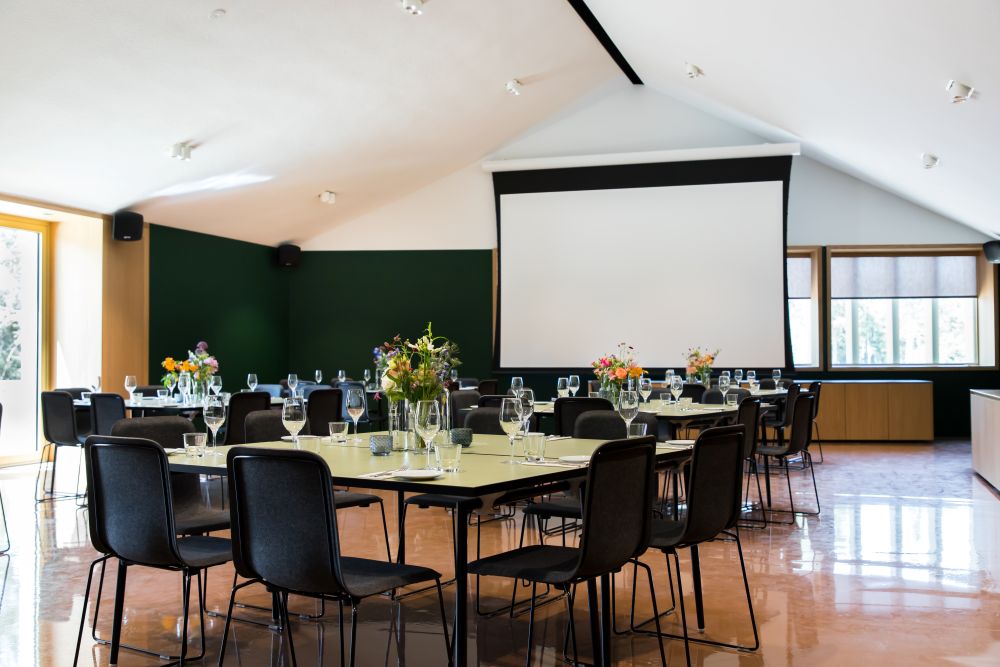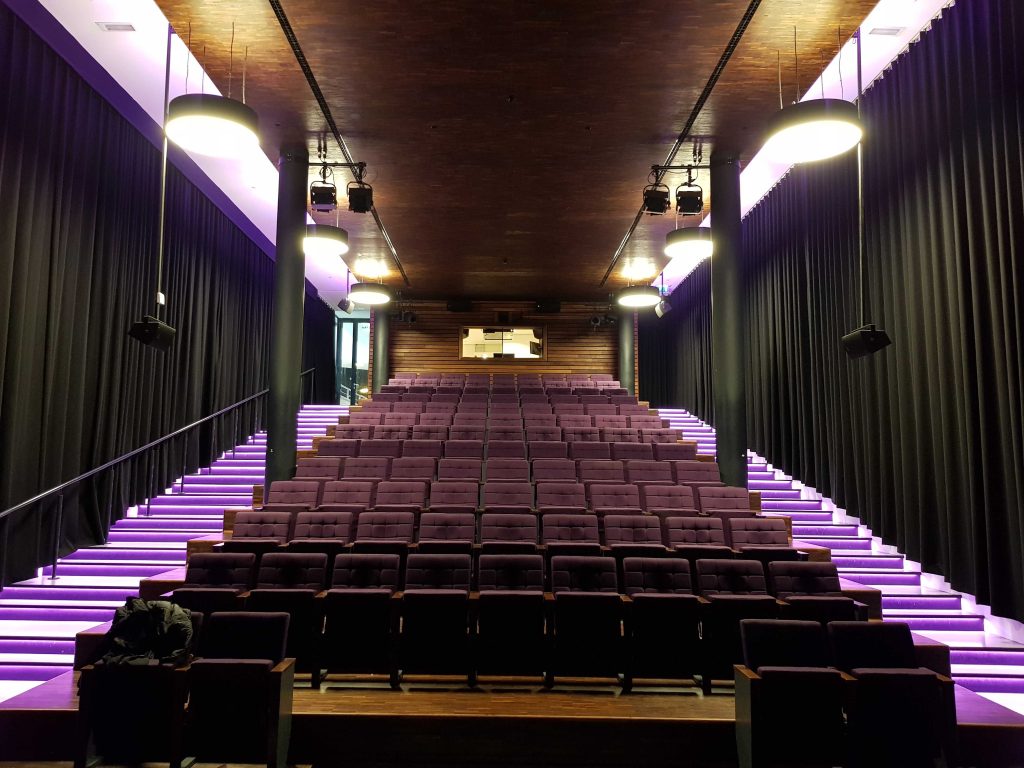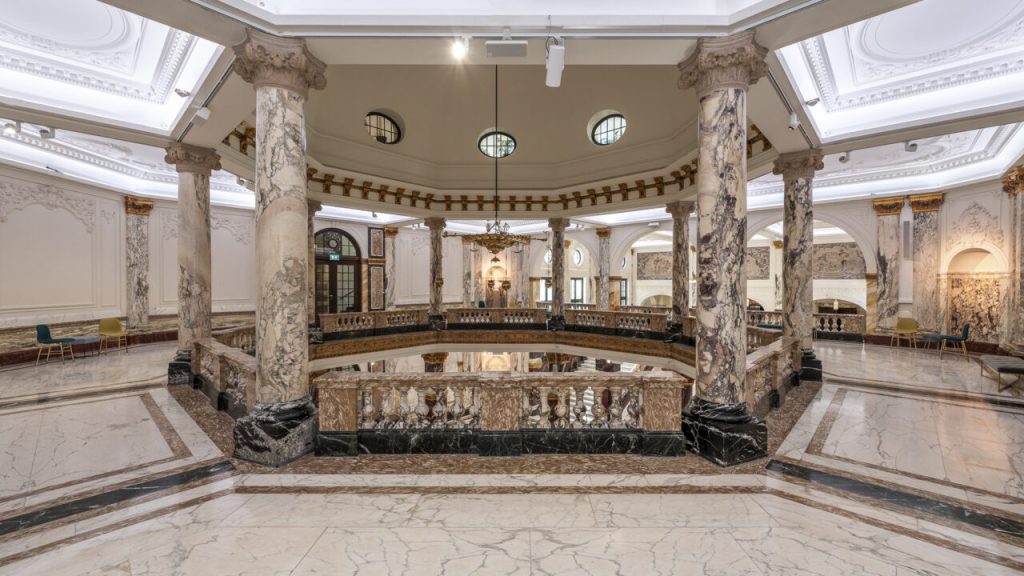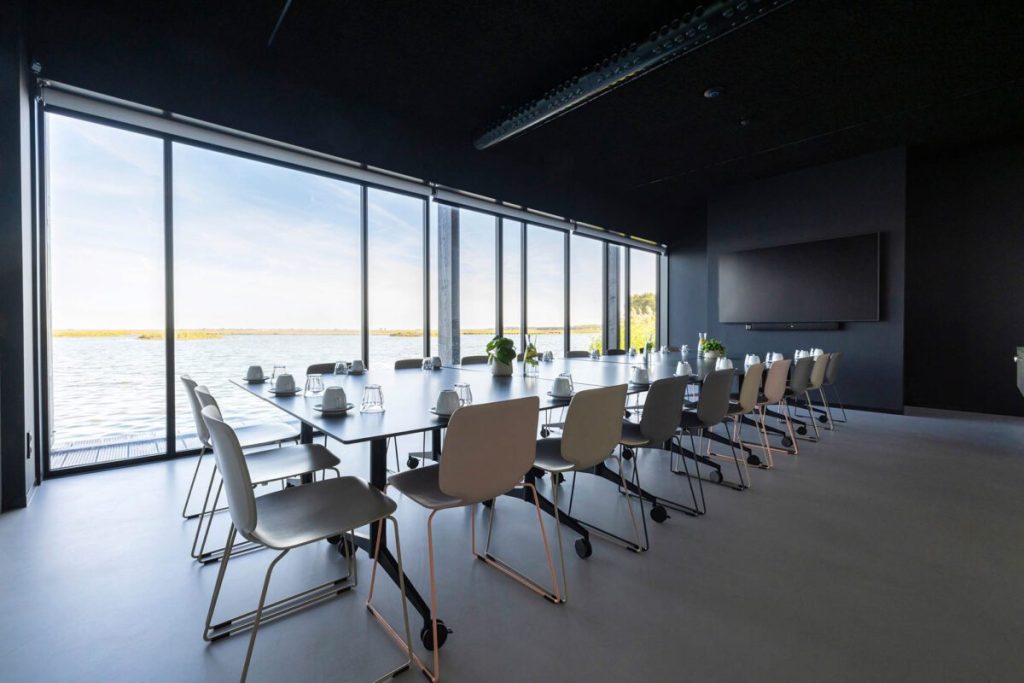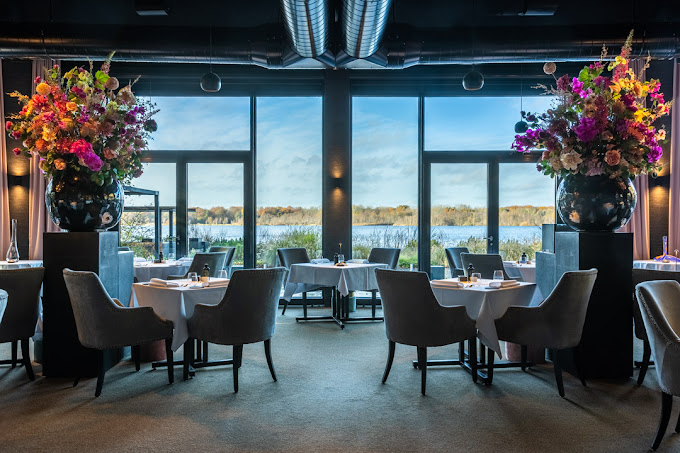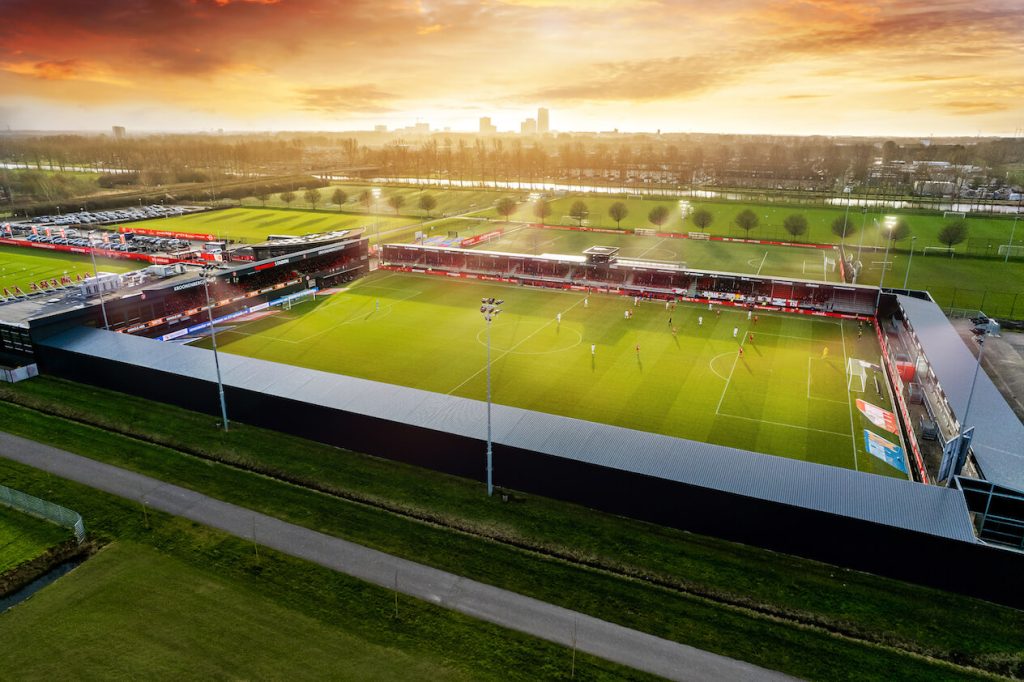You probably know the situation: you are sitting in a restaurant, trying to enjoy your meal, but meanwhile you can literally feel the bass thump of the music going through your body. Or you want to have a conversation, but almost have to shout to be heard above the ambient noise. The wrong speaker strategy can turn a relaxing evening into an auditory ordeal. Fortunately, this can be prevented – with thoughtful audio planning.
At TSR AV, we know how to combine high-quality sound and optimal coverage so that guests, customers and employees enjoy a pleasant audio experience – never too loud, never too soft. But how do you ensure the right balance? Let’s explore that together.
More speakers, better sound? Not always.
It seems logical: more speakers means better sound. But in reality, it’s not about quantity, but strategy. It’s about the right number of speakers, in exactly the right places. This way, you avoid big differences in volume and the sound image remains pleasant everywhere.
- Too few speakers? Then the volume has to go up. That leads to loud zones and quiet spots.
- Too many speakers? Then you get sound reflections and a chaotic listening experience.
Example: Imagine a hotel bar. Guests next to the loudspeaker can barely understand each other, while someone on the other side only catches an echo. This creates frustration – and a negative perception of the room.

Image: Heatmap 4 speakers (uneven distribution)
Optimal audio coverage: why placement is everything
A pleasant sound experience is not about loud or soft, but about even distribution. By placing speakers strategically, you avoid hard zones and blind spots.
With smart dispersion, you achieve:
- A natural, pleasant atmosphere where sound has a subtle presence.
- A consistent audio experience throughout the room.
- No fluctuations in volume or disturbing peaks.
Think about a shop where quiet music creates a relaxed atmosphere. If the music is too loud in one corner, customers walk on. If it is too quiet somewhere, you miss the desired experience.

Image: Heatmap 8 speakers (optimal distribution)
Audio zoning: the secret asset of smart sound
Not every room has the same sound needs. In a hotel, you want a different sound level in the lobby than in the spa. With audio zoning, you adjust the volume and music per zone, without compromising the overall atmosphere.
Applications of audio zoning:
- Restaurants: soft music in the dining area, slightly more energy in the bar.
- Offices: soothing audio at workstations, lively sounds in the lounge.
- Shops: music that adapts to time of day and customer behaviour.
With zoning, you make audio personal – and precisely tailored to what your visitors or employees need.
Conclusion: subtle, thoughtful and customised
A well-planned loudspeaker strategy ensures that audio becomes an added value, not a disturbance. By finding the right balance between quality, coverage and zoning, the sound in your space remains supportive and comfortable.
At TSR AV, we design smart, tailor-made sound solutions for hospitality, offices, retail and public spaces. Want to experience what really good sound can do for your venue? Contact us – and discover the difference.



